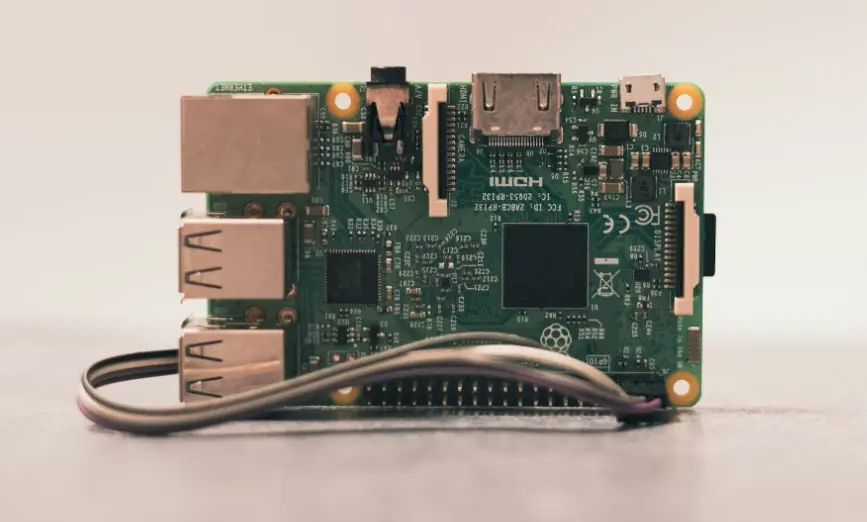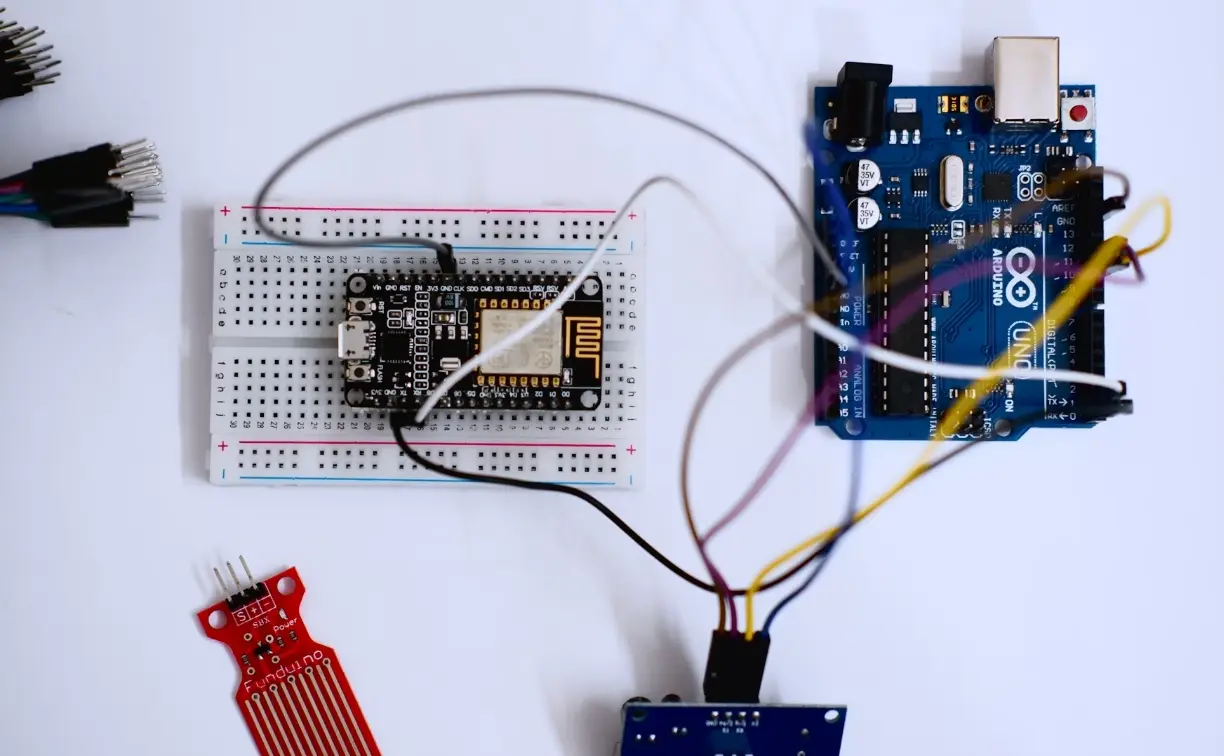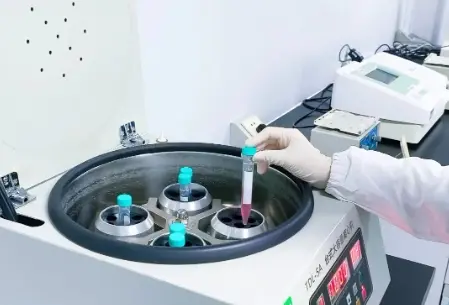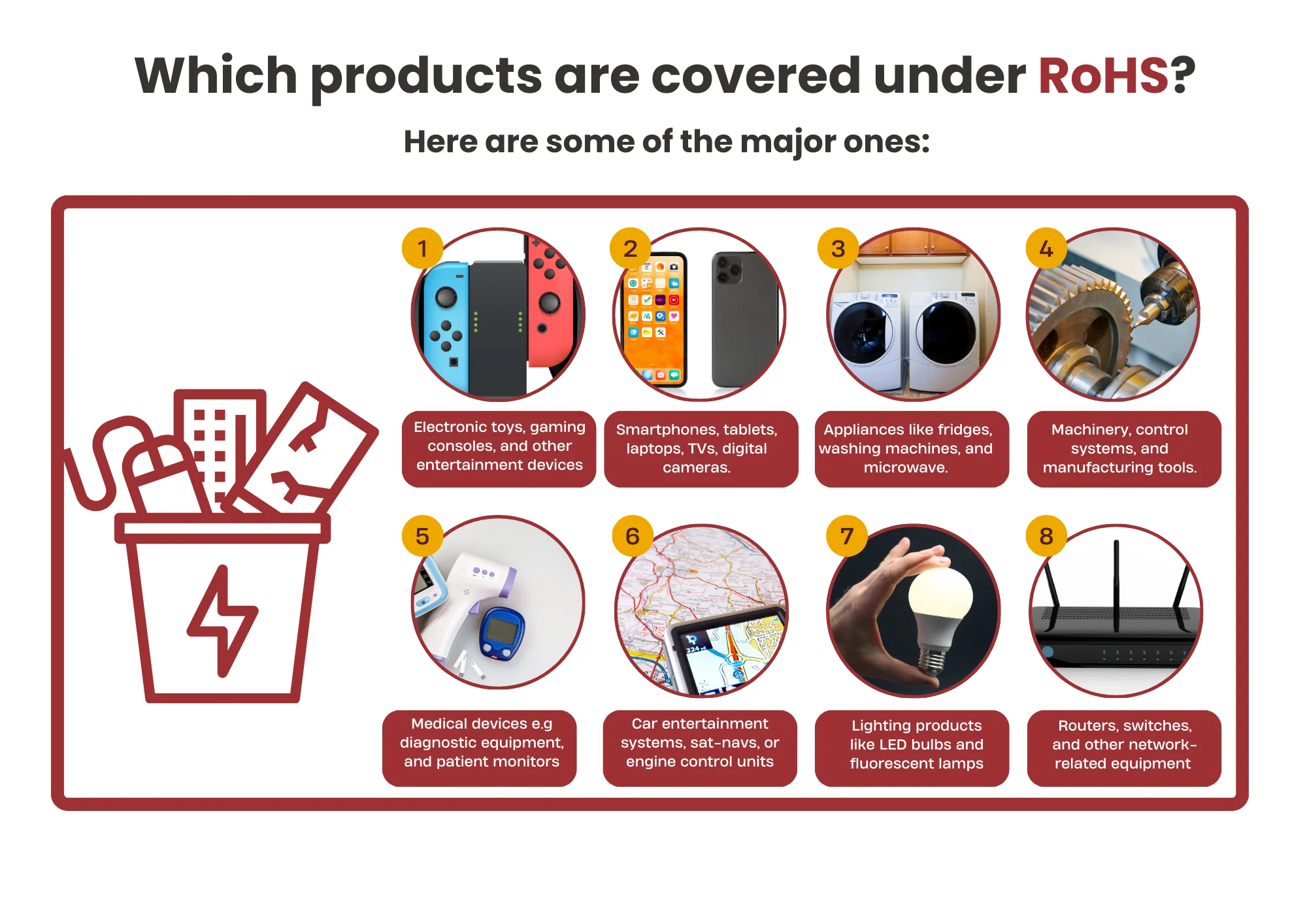
How to get a UL499 Test Report?
What is UL499?
UL499 certification is a UL safety testing standard set for hand warmers in the United States. It aims to protect consumers by enforcing safety tests, especially on platforms like Amazon, which requires hand warmers and related products to have a UL499 report to continue selling. Amazon demands this report after sellers have already listed their products, meaning that if a popular product suddenly gets removed from the platform due to the absence of the report, it can be a significant loss for many businesses. Therefore, it’s crucial to prepare the UL499 certification in advance to avoid having your listing deleted.
UL499 Test Report for Hand Warmer Export to Amazon
The UL499 test includes the following:
1. Leakage Current Test
- Method and Conditions: The sample is placed on an insulating surface, and leakage current is measured between uninsulated, non-live metal parts or the plastic shell (with 10x20 cm aluminum foil) and uncharged conductors. Leakage current is tested under the following conditions:
a) Before power is applied
b) After heating to thermal equilibrium
c) After power is cut off
- Requirement: Leakage current ≤ 0.5mA.
2. Input Test
- Method and Conditions: The sample is connected to 120V, 60Hz adjustable voltage, heated to full capacity, and the power and voltage required to reach the rated power are monitored.
- Requirement: 90% of nominal power ≤ tested power ≤ 105% of nominal power.
3. Leakage Current Test under Humid Conditions
- Method and Conditions: The sample is placed in 88 ± 2% relative humidity and 32 ± 2℃ for 48 hours. Leakage current is tested under the following conditions:
a) Before heating
b) From 0–5s, 5s-5min, 5min to thermal equilibrium after heating
c) After power is cut off
- Requirement: Leakage current ≤ 0.5mA.
4. Normal Temperature Rise Test
- Method and Conditions: The sample is placed on a cork board covered with two layers of white paper, and the boiler is filled with water. It is powered up to thermal equilibrium. The temperature field is tested in three positions:
a) Flat, without releasing steam
b) Tilted at a 45-degree angle, after releasing one boiler of water
c) Tilted at a 45-degree angle, after releasing one boiler of water, followed by two additional cycles of adding water
- Requirement: The temperature rise must be within limits.
5. High Voltage Test
- Method and Conditions: The sample is heated, and a 1000V, 60Hz sine wave is applied between live parts and exposed, non-live metal parts. Voltage is increased slowly from 0V to 1000V and maintained for 1 minute.
- Requirement: No breakdown or alarm.
6. Stability Test
- Method and Conditions: A 15-degree inclined plane is used, and the sample is placed in the most unstable position.
- Requirement: The sample must remain stable.
7. Dry Burn Test
- Method and Conditions: Metal parts are connected to a 3A fuse to ground, and power is applied to the sample according to input power testing conditions. The sample is dry-burned for up to 7 hours or until failure occurs. Afterward, the sample is refilled with water for the following tests:
a) High voltage test
b) Leakage current test through a 500-ohm resistor to ground
- Requirement:
a) No activation of the protection devices
b) Passes high voltage and leakage current tests
c) Plastic parts must not catch fire, and no metal should melt. Live parts should be inaccessible.
8. Abnormal Test
- Method and Conditions: The sample is filled with water, the pressure relief valve is removed, and a water pressure pump is used to test the boiler’s internal pressure while operating under power. After 7 hours of dry burning, high voltage and leakage current tests are conducted.
- Requirement:
a) Protection devices do not activate
b) Passes high voltage and leakage current tests
c) Plastic parts do not catch fire, and metal does not melt.
9. Static Pressure and Strength Test
- Method and Conditions: The boiler is filled with water, air is removed, and a hydraulic pump is connected to slowly increase the pressure to 5 times the pressure the relief valve can handle, maintaining this for 1 minute.
- Requirement: The boiler should not leak or rupture.
10. Fuse Test
- Method and Conditions: The thermostat is short-circuited, and a 3A fuse is connected. The test voltage is selected as 120V or the voltage required to reach rated power. The test is repeated five times.
- Requirement:
a) The 3A fuse does not blow
b) No fire on the casing, no melting of metal
c) Live parts are not exposed.
11. Power Cord Pull Test
- Method and Conditions: A 35lb (15.9kg) weight is hung on the power cord for 1 minute.
- Requirement: The power cord must not shift, and the pulling force must not affect internal wiring.
12. Thrust Test
- Method and Conditions: A force is applied at the power cord exit (1 inch from the sample) until the wire bends or the thrust exceeds 6lbf (26.7N).
- Requirement: The power cord must not be damaged, and the creepage distance must still meet requirements.
13. Plastic Deformation Test
- Method and Conditions: Three samples are placed in a heated airflow oven for 7 hours, with the temperature set 10°C higher than the plastic shell’s normal temperature rise (no lower than 70°C). The samples are inspected for deformation after 7 hours.
- Requirement: The shell should not soften, shrink, or crack and must not expose live parts.
14. Impact Test
- Method and Conditions: Three samples are dropped from a height of 3 feet onto a hardwood board. Afterward, leakage current and high voltage tests are conducted.
- Requirement:
a) No dents or cracks on the outer surface
b) Live parts are not exposed
c) Passes high voltage and leakage current tests.
15. Overflow Test
- Method and Conditions: Water is poured into the boiler through a 3/8-inch hole to fill it to its capacity plus 50% (not exceeding 470mL). Leakage current and high voltage tests are then conducted.
- Requirement:
a) Leakage current ≤ 0.05mA, passes high voltage test
b) Live parts must remain dry.
16. Grounding Resistance Test
- Method and Conditions: The sample is powered, and an ohmmeter measures the resistance between the ground terminal of the power cord and exposed, non-live metal parts.
17. Waterproof Heat Seal Aging Test
- Method and Conditions: Six waterproof heat seals are placed in an airflow oven for 7 hours, with the temperature set according to specifications. After 7 hours, they are carefully checked for deformation.
- Requirement: The seals should show no cracks or significant deformation.
Amazon Hand Warmer UL Test Report Process (Cycle: 1 week, expedited available)
1. Project Application: Submit a UL report application to the testing agency.
2. Prepare Documents: The company prepares relevant certification documents according to standards.
3. Product Testing: The company sends the sample to the lab for testing.
4. Report Issuance: Certification engineers issue a report based on test results.
5. Review: Engineers review the complete report.
6. Certification Issuance: Once reviewed, the UL test report is issued.
Email:hello@jjrlab.com
Write your message here and send it to us
 UL Compliance and ETL Certification for LED Lighti
UL Compliance and ETL Certification for LED Lighti
 What is the IEC 60598 Standard?
What is the IEC 60598 Standard?
 What is the Canada IC Logo?
What is the Canada IC Logo?
 EMC Pre Compliance Testing
EMC Pre Compliance Testing
 PAHs Testing (Food and Textile)
PAHs Testing (Food and Textile)
 Where to Apply for the EU RoHS Test Report?
Where to Apply for the EU RoHS Test Report?
 Children’s Products and Toy Testing
Children’s Products and Toy Testing
 What is a GB 31701 Test Report?
What is a GB 31701 Test Report?
Leave us a message
24-hour online customer service at any time to respond, so that you worry!




